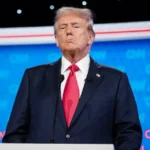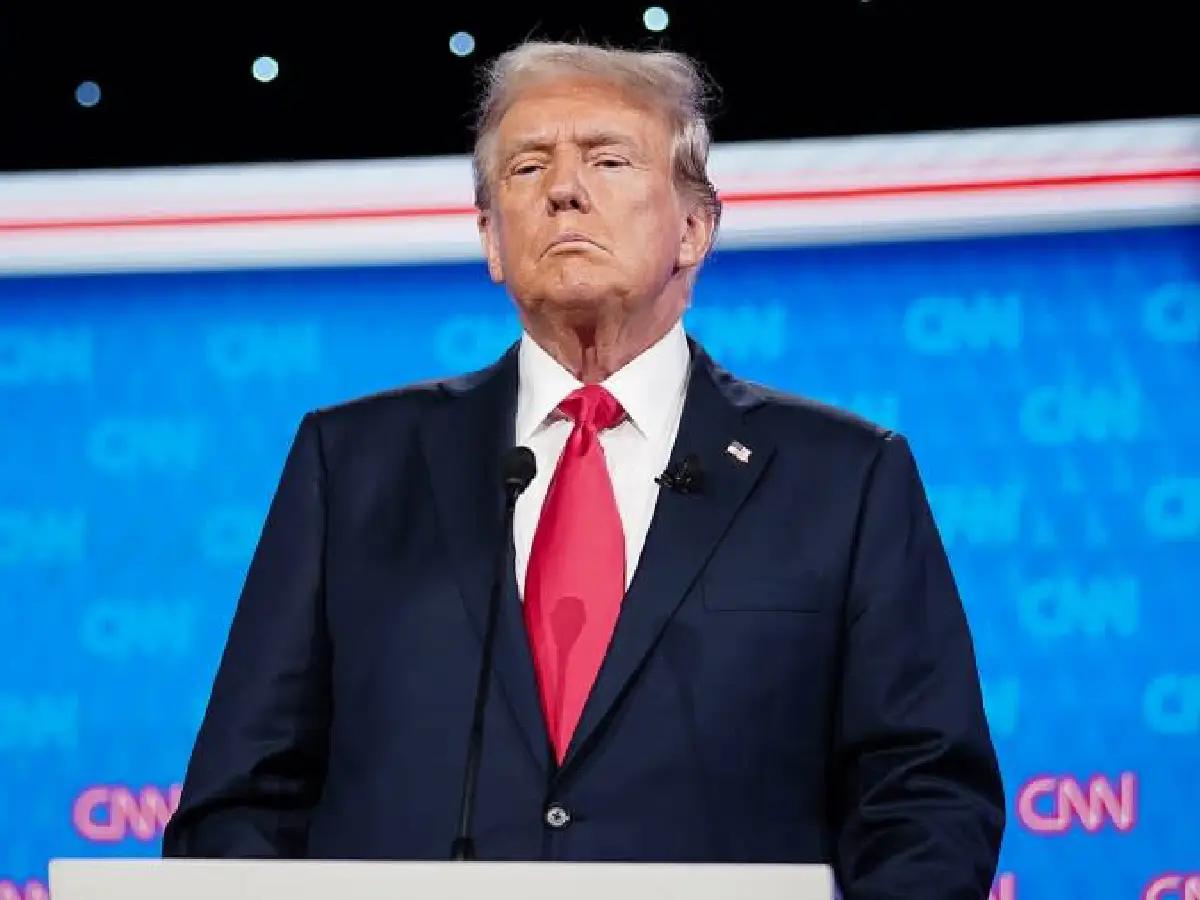On Wednesday, the President made a significant announcement that could reshape the dynamics of international trade. In an audacious move to recalibrate global trading relationships, the administration declared the implementation of sweeping tariffs on a wide array of imports. This groundbreaking decision has sparked a wave of reactions both domestically and internationally, as stakeholders seek to understand the full implications of these new trade measures.
### Background and Objectives
For several years, the administration has voiced concerns about what it perceives as imbalances and unfair practices in global trade. The decision to impose these tariffs stems from a desire to protect domestic industries from foreign competition that, according to the government, has been bolstered by unjust practices. These include state subsidies, dumping of goods at below-market prices, and intellectual property theft among others. By introducing these tariffs, the President aims to level the playing field, encourage the production of goods within the country, and ultimately protect national economic interests.
### Specifics of the Tariffs
The newly announced tariffs target a broad spectrum of goods, affecting sectors ranging from steel manufacturing to agricultural products. While the exact details and rates of the tariffs vary by sector, the overriding goal is to make imported goods less competitive in comparison to those produced domestically. For example, steel imported from abroad will now incur a tariff of 25%, which is expected to boost local steel production but also raise costs for industries that heavily rely on steel imports, such as construction and automotive industries.
### Domestic Impact
The imposition of tariffs is a double-edged sword. On one hand, industries that compete with imported goods might experience growth due to reduced competition from cheaper foreign products. On the other hand, industries that rely on imports for their production processes might face increased operational costs. This could lead to higher prices for consumers and potential job losses in affected sectors. Additionally, there is a concern that the increased costs of imported components could stifle innovation and overall competitiveness of certain domestic industries.
### International Response
The President’s announcement was met with immediate responses from several of the country’s key trading partners. Some have threatened retaliatory measures, which could lead to a tit-for-tat escalation resulting in a trade war. Such a development could have severe implications for global economic stability. International bodies like the World Trade Organization (WTO) are also likely to be involved, as affected countries may seek arbitration and resolution through this international platform.
### Economic and Political Implications
The broader economic and political implications of these tariffs are profound. Economists are divided on the long-term benefits of protective trade measures like tariffs. While some argue that they will help in correcting trade imbalances and bring back manufacturing jobs, others warn of an overall slowdown in economic growth and increased tension between the U.S. and its trading partners.
Proponents of the tariffs argue that this tough stance is necessary to counteract years of unfavorable trading conditions and could lead to more balanced future agreements. Critics, however, contend that the move could isolate the U.S. from global supply chains and diminish its economic influence abroad.
### Conclusion
The President’s announcement of sweeping tariffs marks a significant shift in U.S. trade policy. While intended to bolster domestic industries and correct perceived trade imbalances, the long-term effects remain uncertain. It has set the stage for potential economic strain and diplomatic tensions that could reshape international trade relations in profound ways. As the situation unfolds, all eyes will be on the response from global trading partners and the actual impacts on the economy at both national and global levels.










